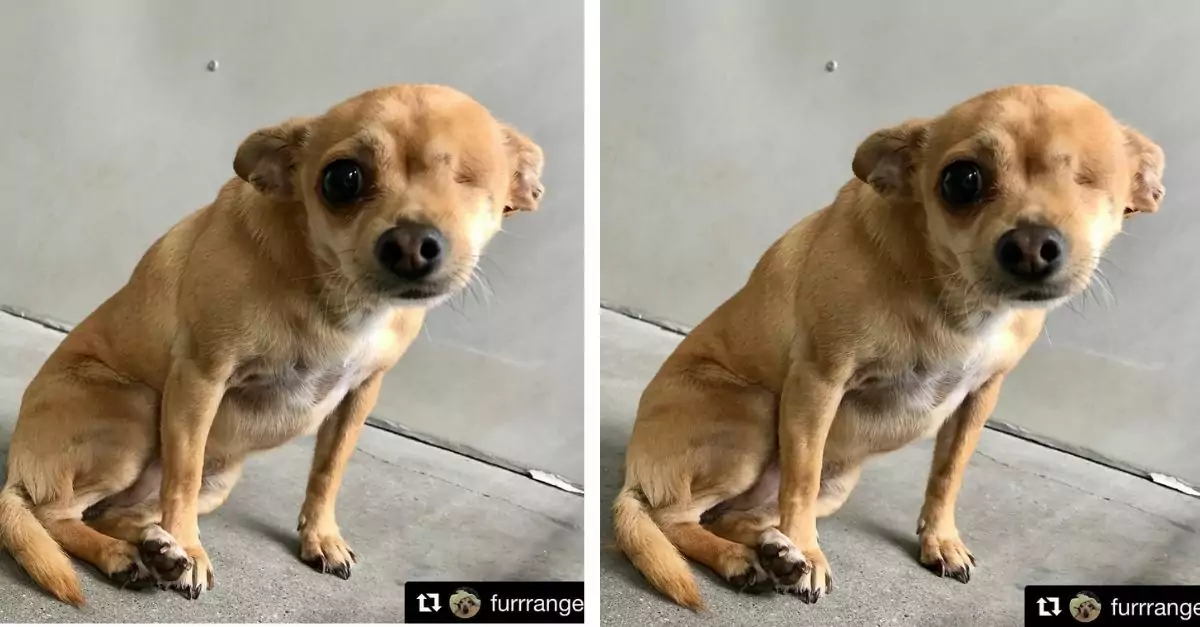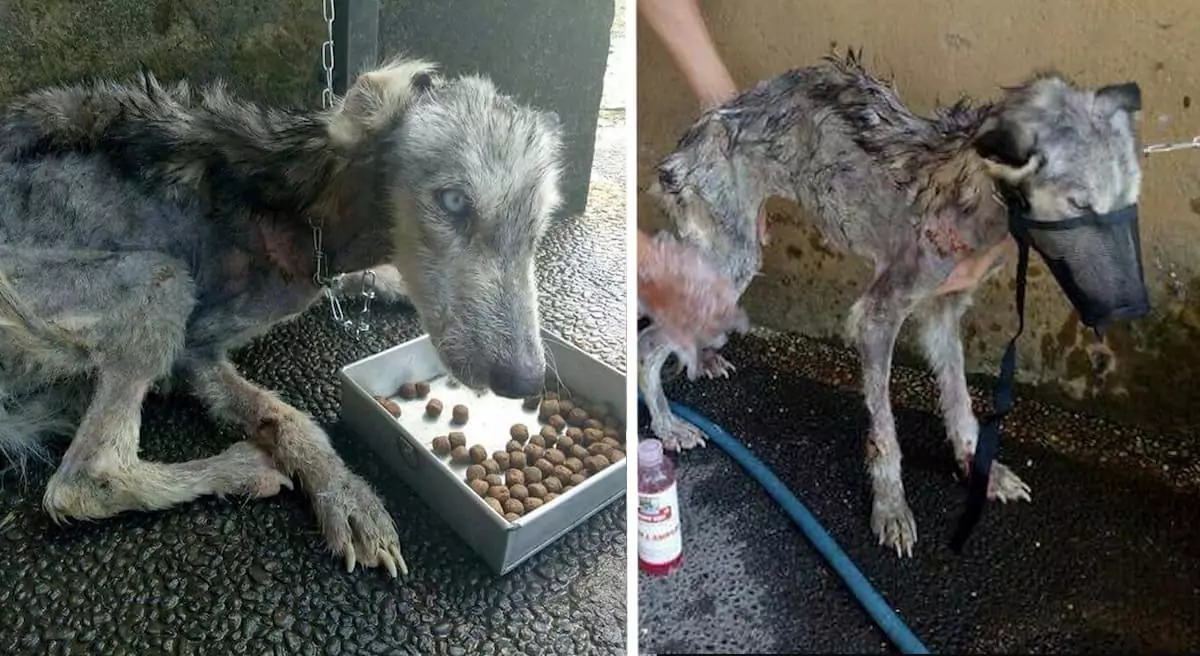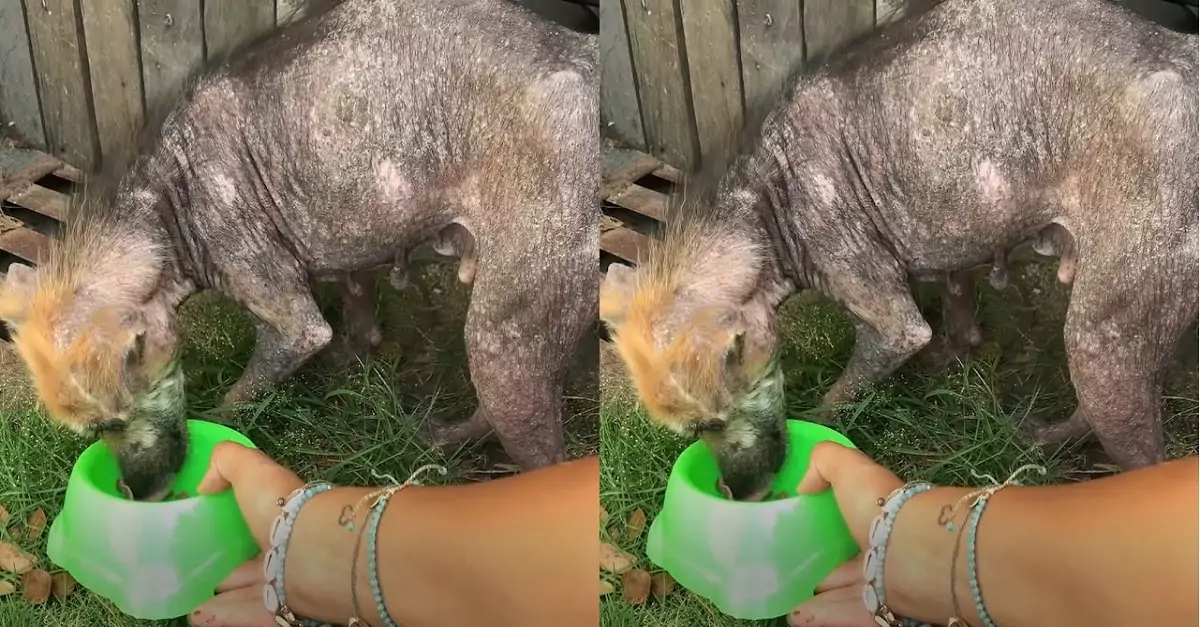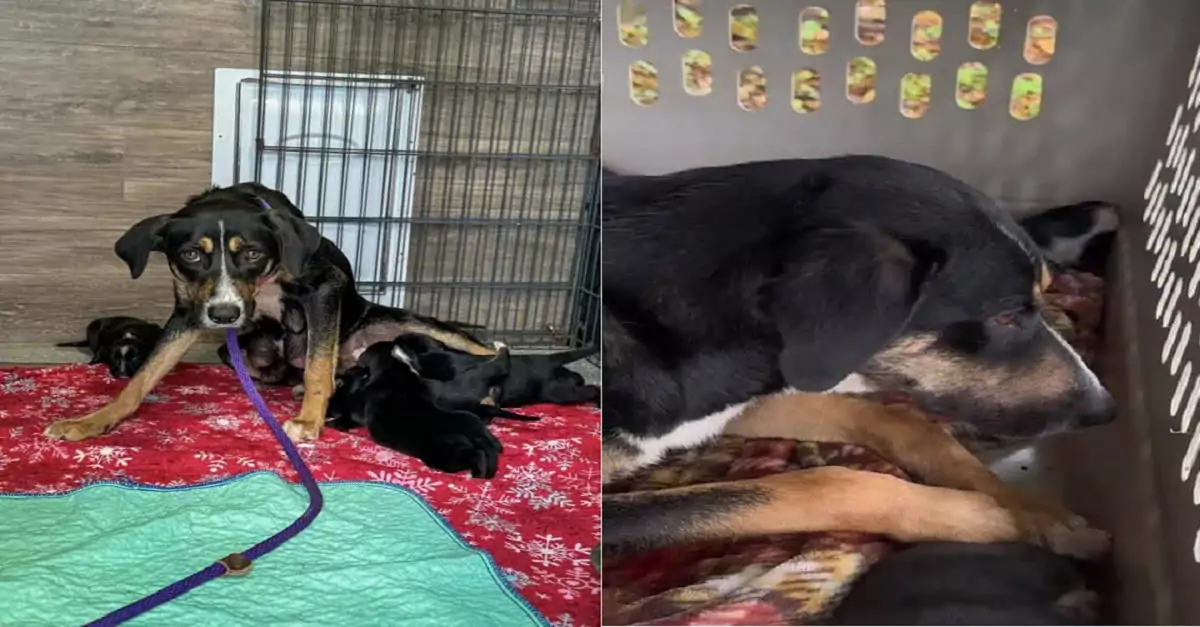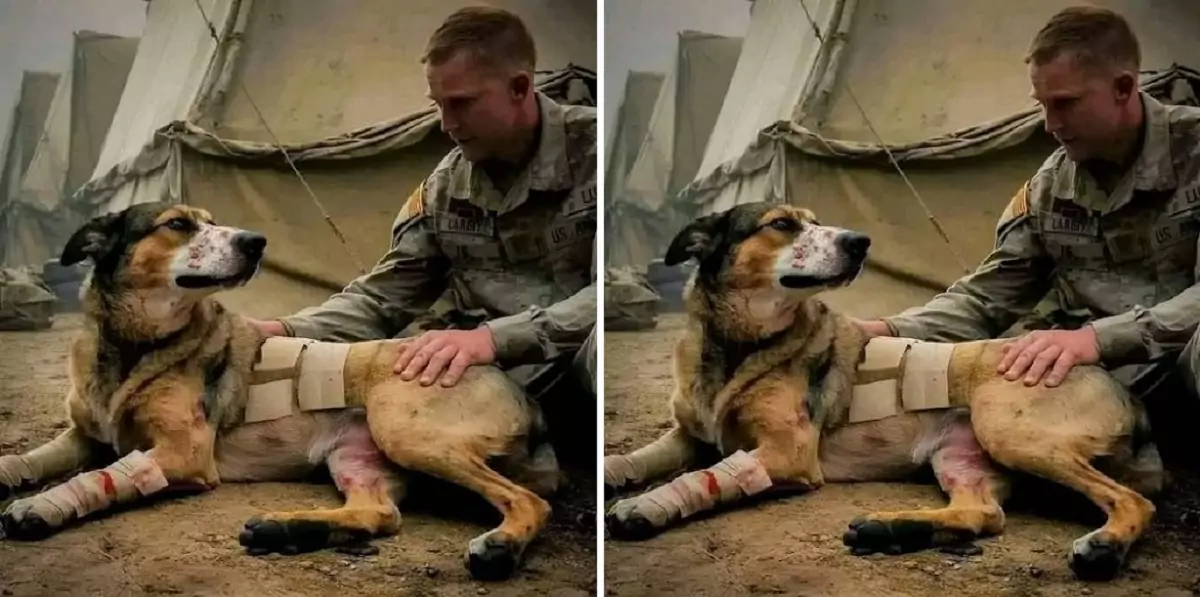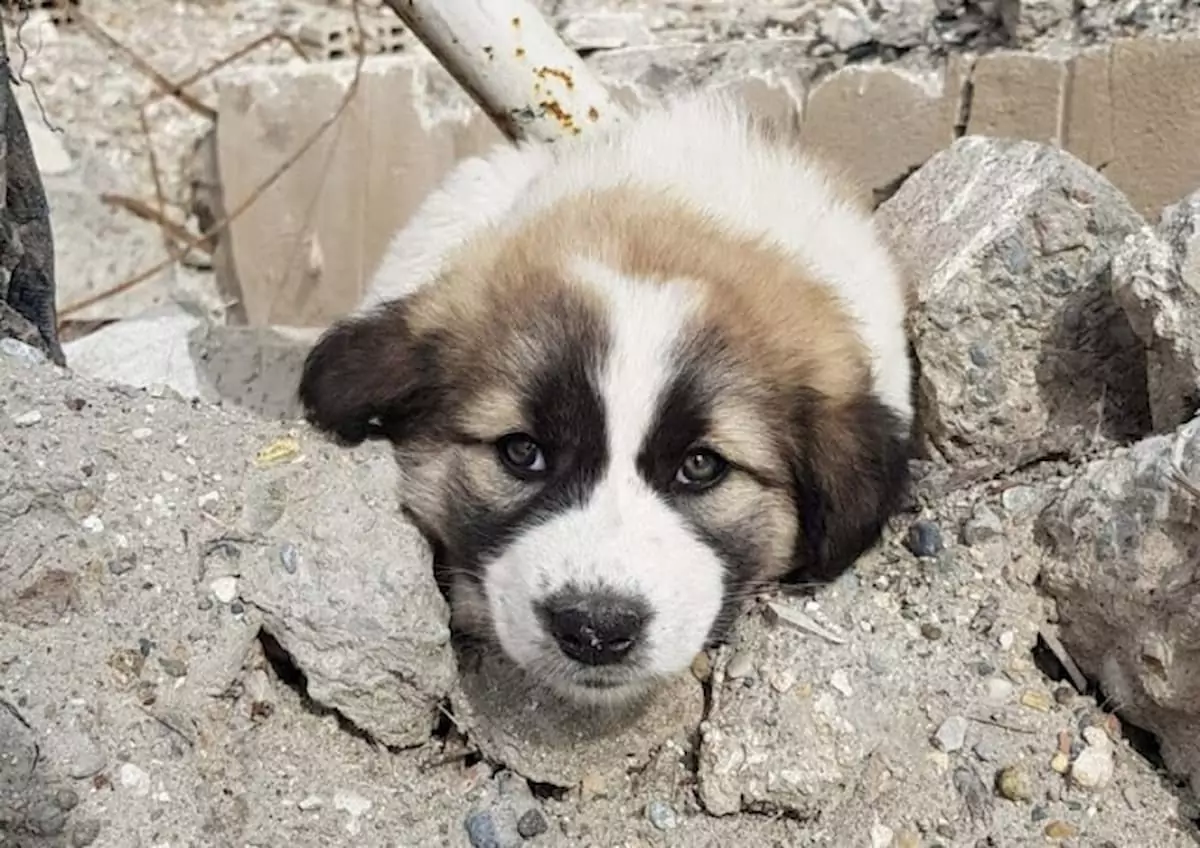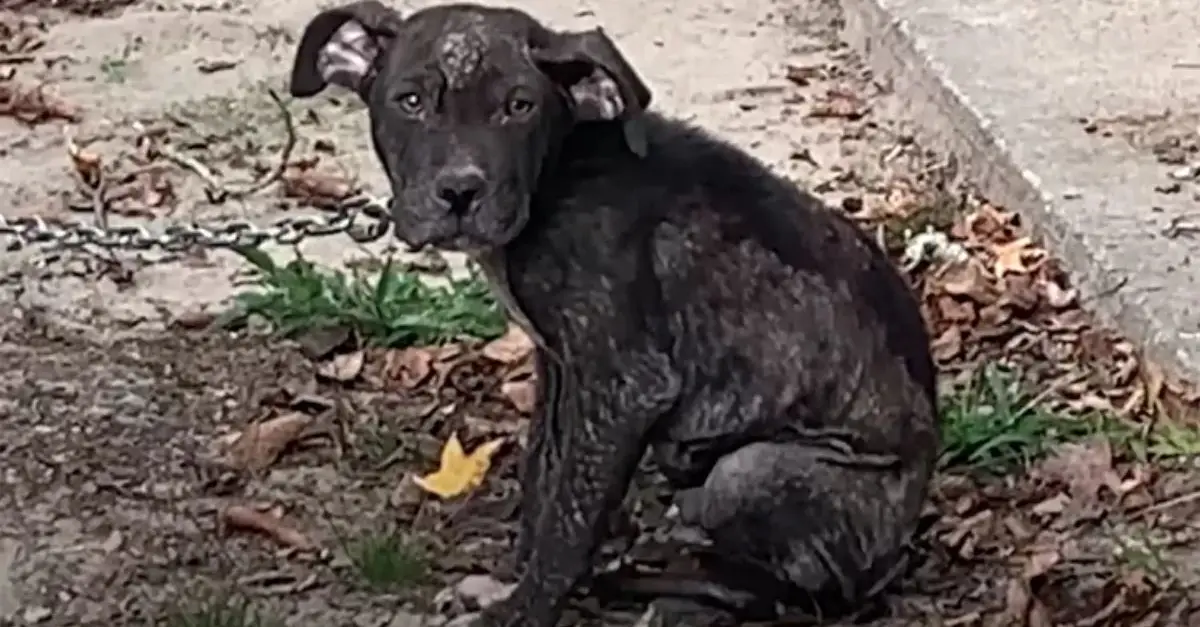Animal shelters across the United States are facing a crisis of overcrowding. This surge in shelter animals comes at a time when adoptions are not keeping pace, creating a dire situation for many shelters. This article explores the reasons behind the overcrowding crisis and the challenges shelters are facing.
The roots of the crisis: Economic strain and housing instability
The rise in shelter animals is not simply due to pandemic pet abandonment, as some might assume. Experts point to economic hardship and housing insecurity as the primary drivers. The current economic climate is making it difficult for many families to afford basic necessities, let alone the rising costs of pet care, including veterinary services. The shortage of veterinarians further exacerbates the issue by limiting access to affordable pet healthcare.
Additionally, the tumultuous housing market is placing a significant strain on pet ownership. Evictions often lead to an increase in stray animals, and renters facing limited options may struggle to find pet-friendly housing, especially for larger dogs or certain breeds like pit bulls. This forces many people to make the heartbreaking choice between keeping their pets and having a roof over their heads.
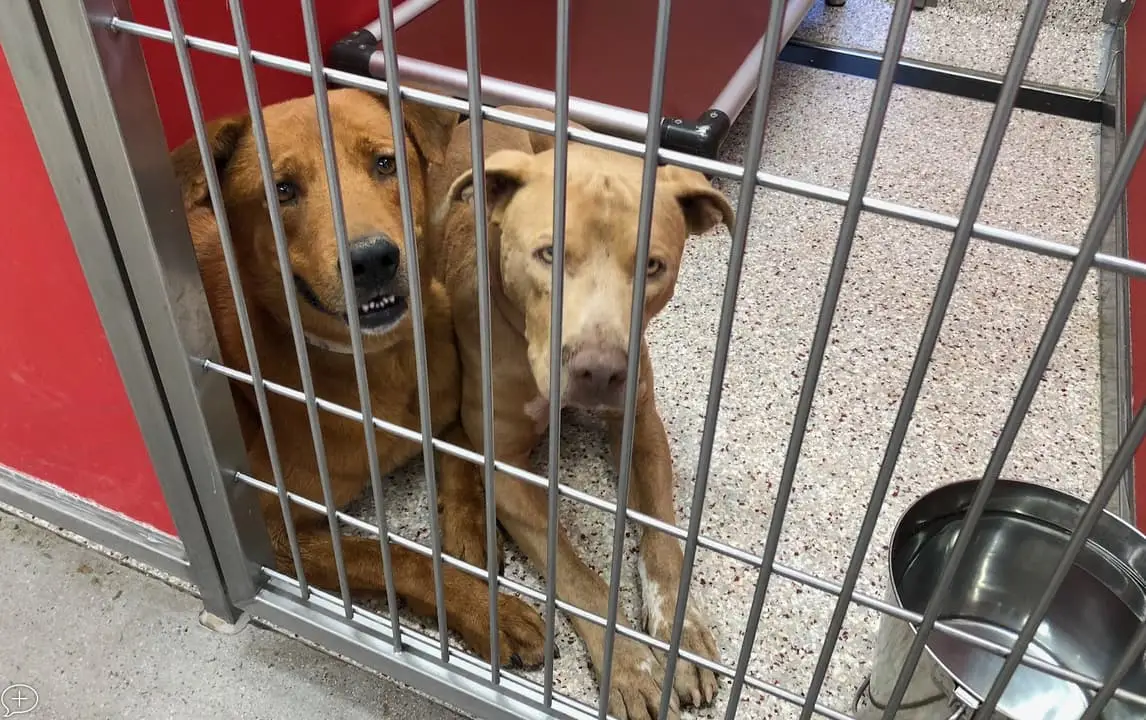
The roots of the crisis: Economic strain and housing instability
The impact of overcrowding: Limited resources and difficult choices
Overcrowded shelters face a multitude of challenges. With limited space, shelters struggle to provide adequate care for the influx of animals. This often leads to overcrowded kennels, which can negatively impact animal health and well-being.
In some cases, shelters are forced to euthanize animals due to lack of space and resources. While spaying and neutering programs exist in some cities, a lack of enforcement allows pet overpopulation to continue.
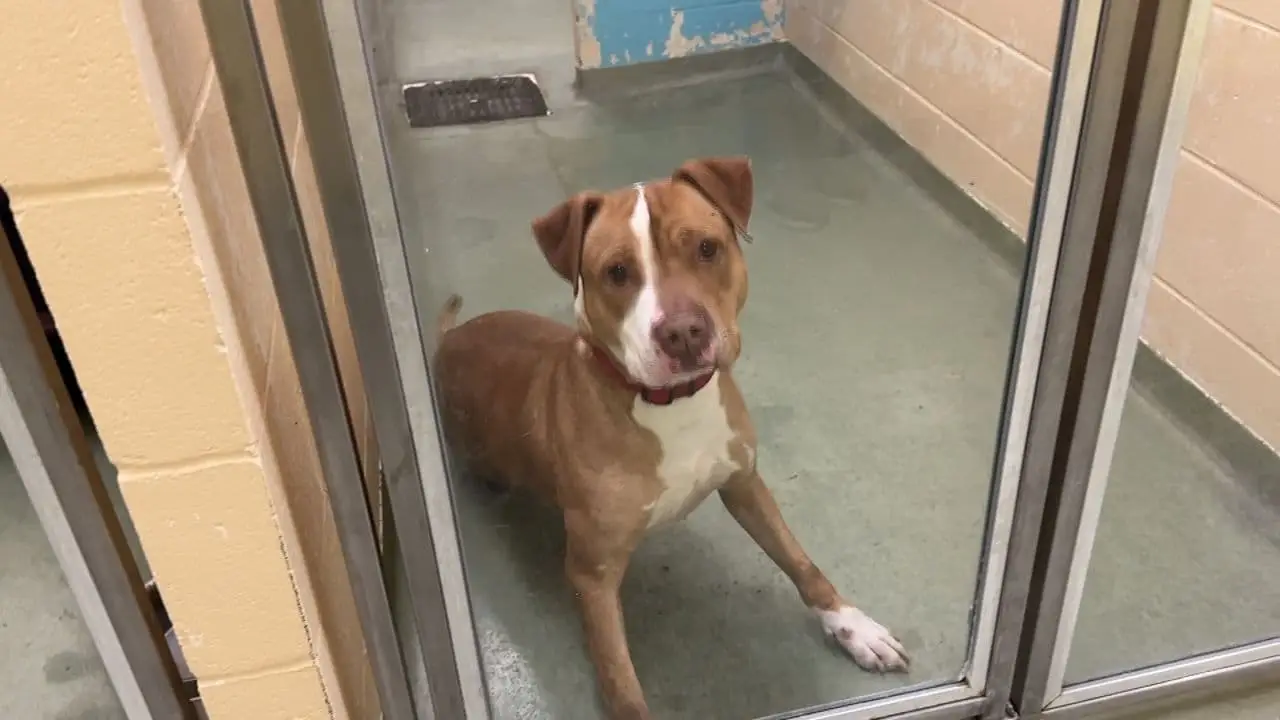
The impact of overcrowding: Limited resources and difficult choices
Seeking solutions: Reducing intake and encouraging adoptions
Shelters and animal welfare advocates are working on various strategies to address the overcrowding crisis. These efforts focus on reducing animal intake and increasing adoptions.
Expanding foster programs allows shelters to place animals in temporary homes, alleviating the strain on shelter resources. Additionally, pet food pantries and subsidized veterinary services can help ease the financial burden of pet ownership and encourage responsible pet care.
Many shelters are also implementing creative adoption drives. Limiting intakes for certain types of animals, waiving or reducing adoption fees, and partnering with businesses and rescue groups for adoption events are all ways to find loving homes for shelter animals.
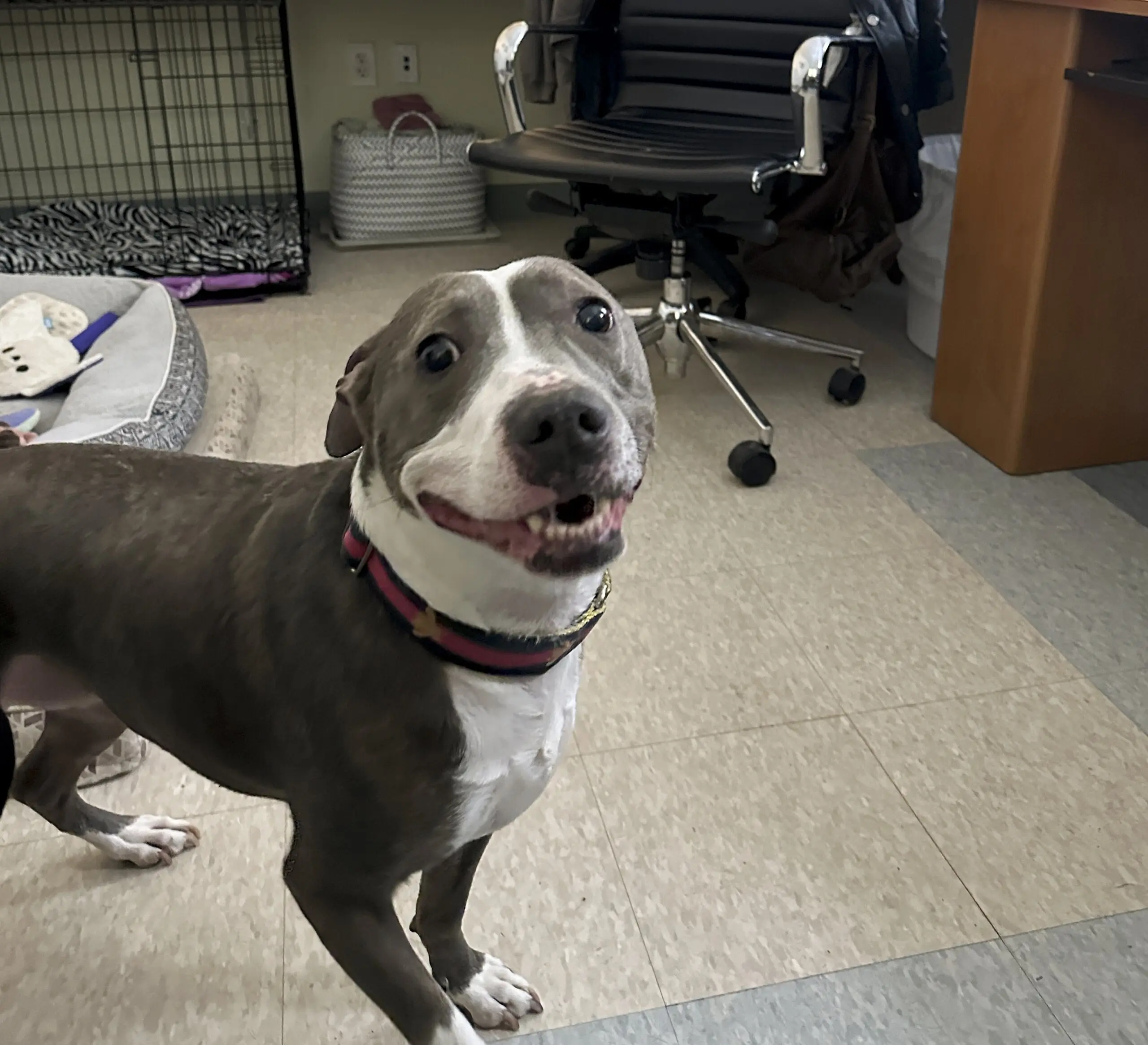
Seeking solutions: Reducing intake and encouraging adoptions
Building more shelters may seem like a straightforward solution, but experts argue that it’s a temporary fix. The long-term solution lies in addressing the root causes of pet surrender, such as economic hardship and housing insecurity. Until these issues are tackled, shelters will continue to face the difficult reality of overflowing kennels and heartbreaking choices.



